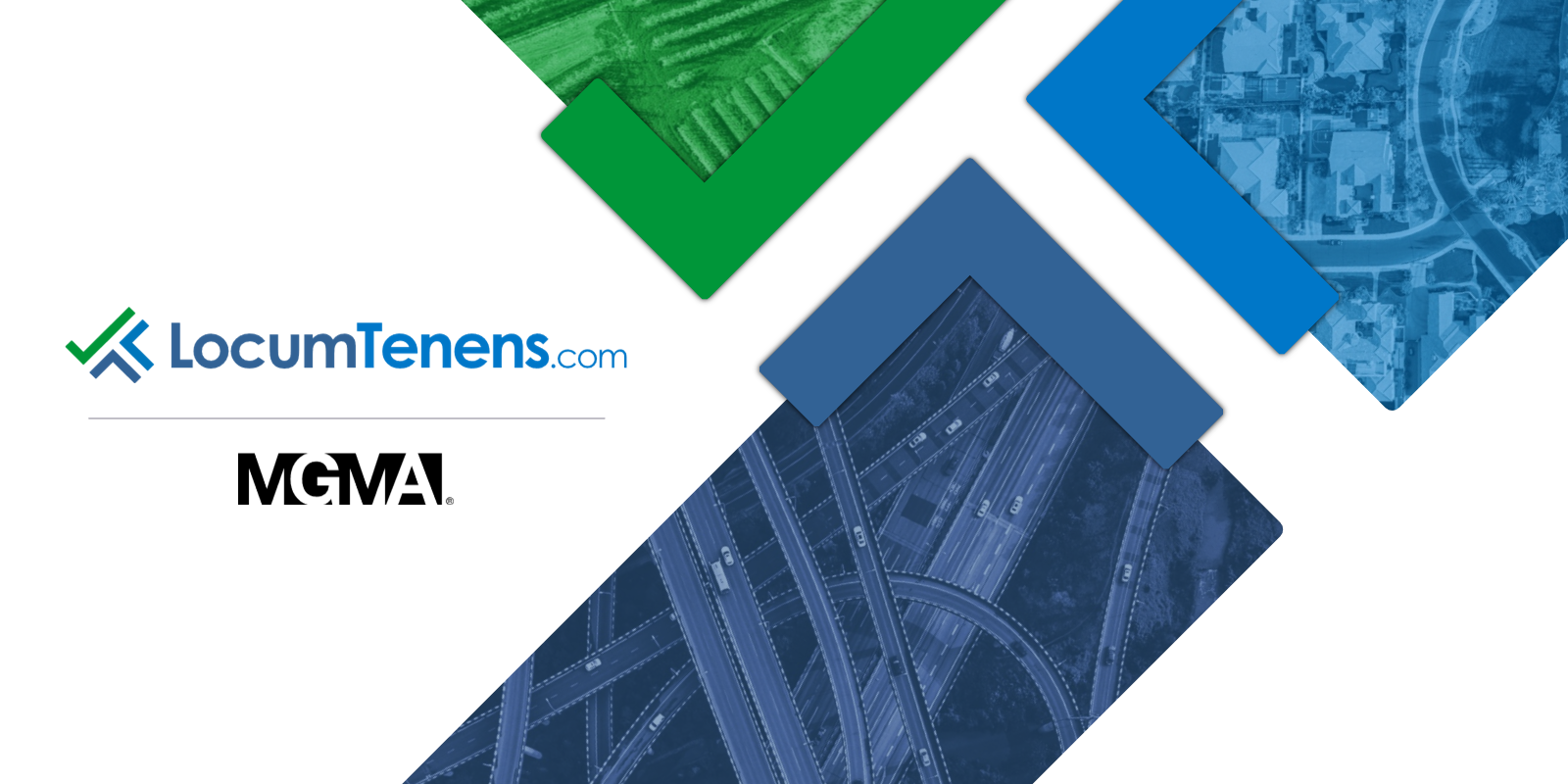Indian Health Service (IHS) is a federal program for American Indians and Alaska Natives with a mission of raising “the physical, mental, social, and spiritual health of American Indians and Alaska Natives to the highest level.” Locum tenens clinicians who work IHS assignments find fulfillment in serving Indigenous patients and helping IHS achieve its vision of “healthy communities and quality health care systems through strong partnerships and culturally responsive practices.”
Dr. Lee is a psychiatrist who has been working IHS assignments through LocumTenens.com since June 2021. In the interview that follows, she shares some of her experiences and why she enjoys working IHS assignments.

I reached out to several locum tenens agencies and connected with a recruiter at LocumTenens.com who found me an assignment I was interested in.
What made you decide to try an IHS assignment?
My primary reason was to work with the Native population. I wanted to hear their experiences and see culture-bound syndromes. Another aspect was the team-based model of care. I wanted to observe what the system looked like and how it adapted to serve the population.
Why are IHS facilities important?
Healing encompasses more than the physical ailments. IHS facilities like mine provide additional elements that align with Native values and way of life to support healing. At my facility, this ranges from parking spaces designated for elders, traditional foods such as reindeer stew or salmon, role of family by providing housing on campus and other services such as a traditional healing clinic.
What do you enjoy about IHS assignments?
What I enjoy about this assignment is the people, from the patients and coworkers to those in the community. I have learned about life in Alaska, whether they are Native or have chosen to settle here. There is a subsistence culture here, from foraging to fishing and hunting. And outside of Anchorage there are generational homesteaders.
What does a typical day at your IHS facility look like?
I am part of an interdisciplinary team of social workers, case managers, nurses, nurse practitioners, and psychiatrists. We provide psychiatric services to a general medical hospital. As a consultation liaison I assist other physicians with a variety of requests that can include medication management, assessing capacity and psychiatric assessments. I also provide follow-up for people discharged from the inpatient psychiatric unit, for people who frequently visit the emergency department and for people in village clinics with no other access to mental health care via telehealth.
Could you tell us a little bit about the tribe you serve at your IHS facility? What makes them unique?
What I found to be interesting about Alaska is that there are no reservations. Some people live in “villages” and some can only be accessed by boat or plane. Alaska is divided into regions for Natives to receive healthcare. It’s my understanding that healthcare is covered for them in their region but not if they leave their assigned region. This is one of the systemic barriers for bridging inpatient to outpatient care when Natives outside Anchorage come here for hospital care.
My facility is the exception. All Alaska Natives can receive covered healthcare, and it is the tertiary referral center for Alaska. Alaska has over 300 recognized Native tribes. Anchorage is considered interior Alaska and has Athabascan people, though it is also a melting pot, as rural people come here for medical services and end up staying in Anchorage for a variety of reasons.
Would you be able to speak to the difference between working at an IHS facility versus other facilities where you’ve worked?
At my facility, patients have been renamed as “customer-owners” to empower them in their decision making. Another aspect is the medical home model for their outpatient services. Its campus houses the outpatient services of its parent organization. Primary care, mental health, dental and other services can be found in one building, and multiple specialists can be seen in one appointment. Behavioral health clinicians (counselors) are in-house with primary care, and psychiatrists can be brought into appointments for recommendations. For employees, they can participate in learning circles, which is a group environment where people are given the space to talk, to share and to learn from others; the thought is that dealing with one’s own past creates space for healing within.
Are clinicians typically welcomed into the communities IHS facilities serve?
I have felt welcomed here.
What has been your most rewarding experience working with indigenous patients?
It has been learning about their nuances, from expression to way of life in Alaska: seeking out wild vegetables for nutrition, working in fishing villages, lamenting generational change from village to city life, homelessness, grieving losses, substance use and learning one elder’s secret to aging, which is to dance in the street every once in a while. And also humor -- that was in an orientation regarding core values, and I do laugh with my patients.
Would you recommend IHS assignments to other clinicians? Why or why not?
Yes, I recommend this assignment. I enjoyed working with the population, the team, and the other hospital staff.





